I Started the Year With Vipassana
What 10 days of silence and 97 hours of meditation taught me
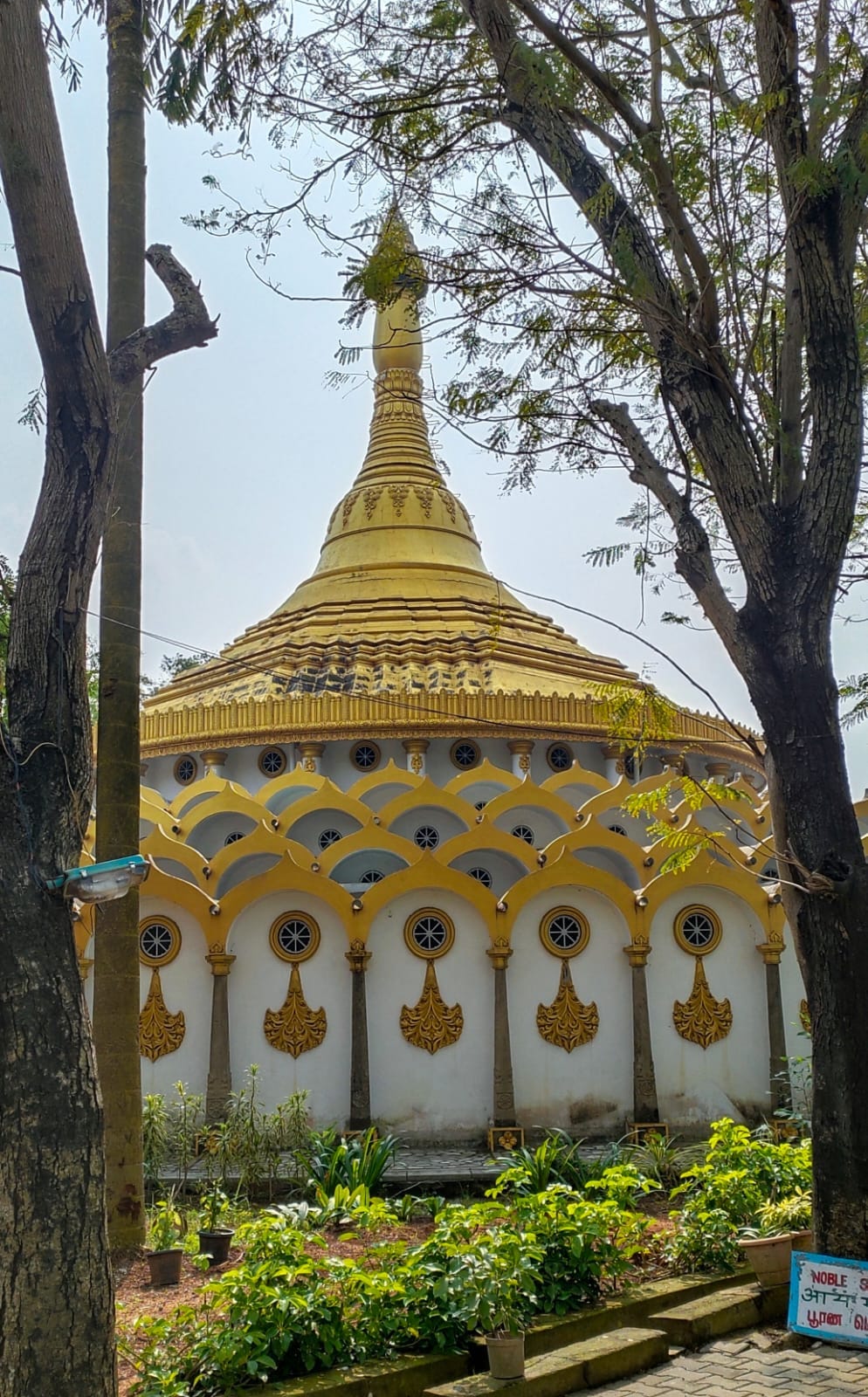
Sitting under a canopy of trees, looking at the fence that marked the end of the establishment, I thought — “If I could just jump through this fence and cross over the mini forest without getting bitten or licked by any resident there, I would be able to make it to the highway. I can hitchhike and reach my friend’s place. My face glowed up, but I had submitted my wallet, cash, and phone, I couldn't leave without them. I have got to think of something else!”. These were my thoughts during snack break on day three of the Vipassana Meditation Course.
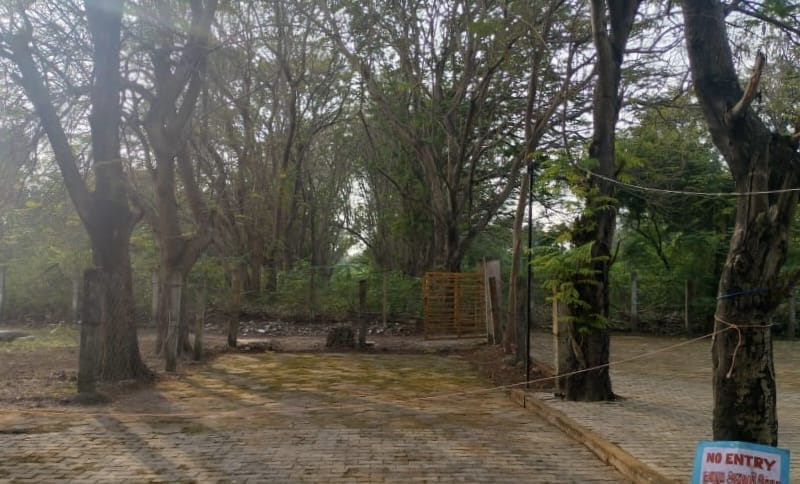
I had known of Vipassana for the longest time but rediscovered it when my British friend took me on a Buddhist pilgrimage across north India last year.
As an agnostic and highly skeptical of organized religion, even trying anything new requires extensive reading and understanding, I did my research and decided to give it a shot.
I went through the schedule, and it looked tough but I have been practicing Yoga and mindfulness for a long time, so I expected this to be if not a piece of cake, at least not as challenging. What transpired after I started the practice was nothing less than a Julia Roberts movie!
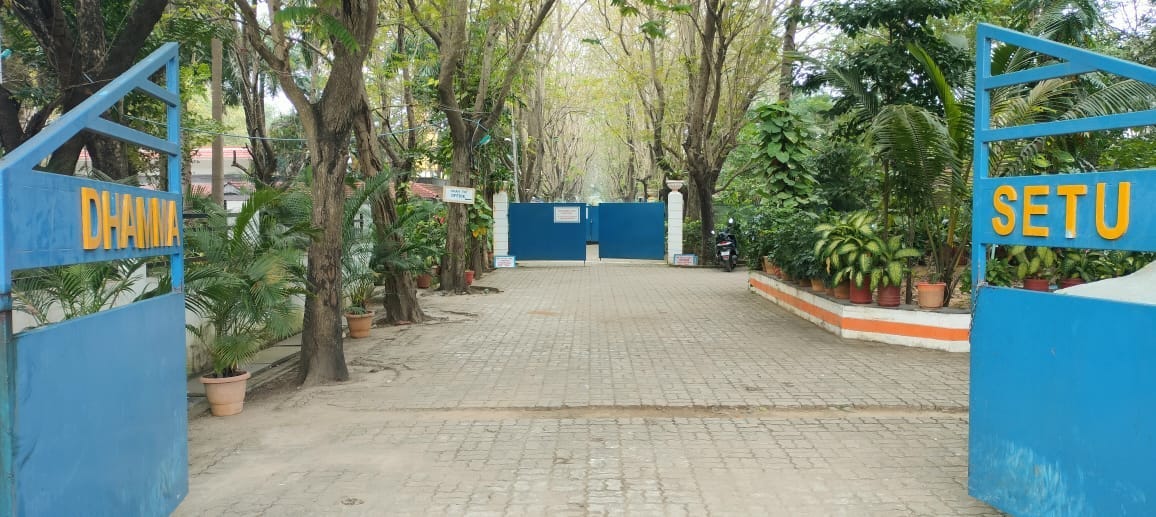
I arrived at the Dhamma Setu Chennai, before time and was sent to the counselor for a short discussion. Looking at my file, the counselor was surprised. She enquired again to check if I had filled the form correctly.
She asked — You don't drink, smoke, or do ganja?
I replied — No ma’am.
She leaned in toward me and with the most friendly voice, explained — We are not here to judge you dear, please tell me the truth so we can help you better in the course.
I leaned in further and replied with a smile — Ma’am, I may look like one pot-smoking junkie, but please trust me, I am so sober that even my tea is non-caffeinated ninety-five percent of the time.
She cracked up and happily gave me a pass.
Days 1 to 3 — Noble silence had begun, meaning no communication with anyone except the teacher — not through words, gestures, or even eye contact.
I got up before they rang the gong in the morning feeling all excited — but slept through the entire first session of two hours!
For these three days, the instruction was simple — just observe the breath. I started to watch my breath, but my mind was filled with music — Lady Gaga’s — “Die with a Smile,” “Touch Me” by The Doors, and all the raunchy Punjabi tracks I heard in the last month as a joke, kept playing in the background. I began to enjoy them, it was almost like I was back in my bedroom playing music!
Curious, I asked the teacher about it at the end of day two. She smiled and said, “Good, let the music play.” This is the kind of cryptic message I don’t appreciate, I kept wondering what she meant by it. It turns out she said exactly what she meant. Let it play!
When the music faded, I began reflecting on everyone in my life — their struggles, their choices, and the paths they were on. My mind wandered through passion, love, conflict, rejection, family, friends, animals, and insects I had seen; at one point I was counting the colors I had noticed in my eyes!
By the afternoon of the third day, I was bored out of my mind, watching the breath. Thinking about good memories wasn’t working either. I began questioning why I had come here in the first place. That’s when the urge to jump the fence hit me, and I began counting down the days.
My only source of comfort was S.N. Goenka’s evening discourse. It was entertaining and insightful and it helped me understand the purpose behind my daily activities.
Day four brought a breakthrough — The Vipassana meditation technique was taught. The last three days of breath observation suddenly made sense, like the “wax-on, wax-off” moment in The Karate Kid.
Meditating for eleven hours a day with only six hours of sleep was starting to wear me down. By the afternoon of the fifth day, I was desperate for some extra rest but chose to persevere after the sevika told me I’d have to consult the teacher if I needed a break.
While I managed to get through the first few sessions, the last two of the day were excruciating. My body and mind rebelled, screaming in resistance. It felt like my mind was pleading, “You’ve been at this since 4 a.m. — I can’t take it anymore! Let’s do anything but this!”
Plagued by the urge to stop, I approached the teacher and asked what I could do about it. Once again, she gave me the same cryptic response — “It’s good, resistance is good.” I groaned inwardly — “Another puzzle!”, but just as I was about to leave, she added, “That means it’s working!”
Relief rolled out on my face!
Day 6 — On day six, we were sent to the Pagoda and assigned individual cells with strict instructions to sit upright and avoid lying down. I was eager to sneak a seated nap but failed.
As I meditated in the cell, I found myself in a state of flow when, out of nowhere, a past trauma surfaced, as sudden and jarring as a ghost in a horror movie. Anxiety gripped me, manifesting as a sharp pain in my shoulder. I recalled the instructions to stay equanimous and resist reacting. I tried, but the wound was so deep it kept hurting me till the end of the session.
For the next session, I walked in the cell already feeling bored, I simply looked around. I noticed something shaped like a dolphin and thought — Hey, that’s fun! Soon, my mind turned it into an animation film. The dolphin swam and leaped from block to block until it reached the door — because, hey, even my imaginary dolphin couldn’t swim through a door!
Day 7 — The practice of adhiṭṭhāna was introduced—sitting in meditation with the resolve to not move for an hour. I was determined to sit through the pain, but half an hour into the session my determination went into dump as an excruciating pain grappled my right leg, I couldn’t help but stretch my legs. After lunch, I returned to my room feeling a bit disheartened.
As I sat on my bed, my gaze fell on a piece of newspaper in the room. I was tempted to read, write, or just do something different. It felt like letters, words, and sentences were swirling around me, begging for attention. The urge was so intense that I nearly lunged for the piece of paper — but instead, I resisted and chose to take a nap. Close one!
Days 8 to 10 — After seven long and hard days, it finally happened — I experienced a profound shift. My body felt light and at ease, my mind unburdened, and I was able to meditate effortlessly, in a steady flow. About thirty minutes later, my legs began to hurt badly, but instead of reacting, I stayed equanimous, simply watching the pain as it unfolded. I watched and I watched and combined this awareness with my breath, and slowly, the pain receded. It felt like magic. Is this what they’ve been talking about? I wondered. Is this what it means to meditate truly? I experienced a wave of ecstasy, unlike anything I ever experienced in life.
My narrative shifted from — “two more days to go” to “only two days left to practice!”
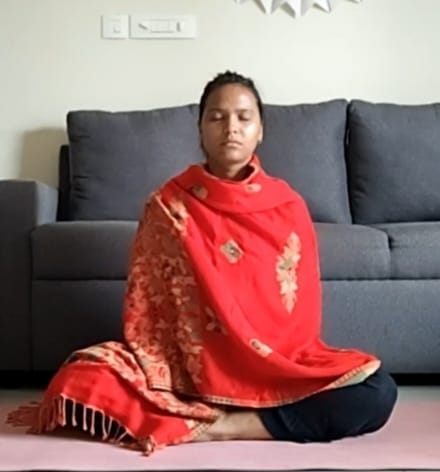
This persisted until the afternoon of day nine, after which things became challenging once more, as past traumas began to resurface and haunt me again.
Interestingly when I went to the Pagoda the following day, I found that the dolphin had converted into a rat, a static one, not so much fun, but I still enjoyed watching it.
On day ten, the silence was lifted, everyone around me started to talk but I found it surprisingly difficult to speak.
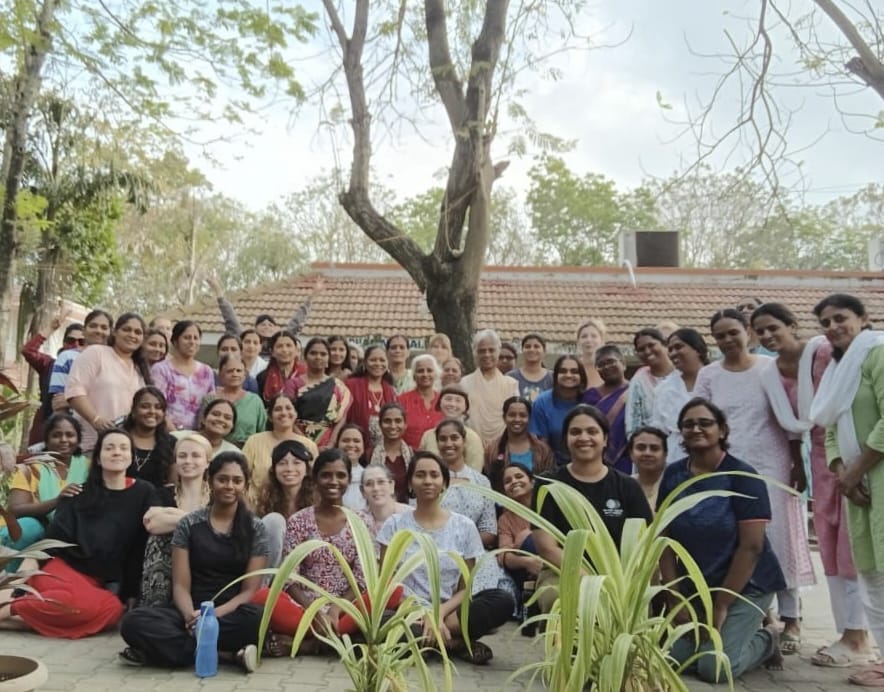
The ten days of Vipassana proved to be a truly transformative experience for me. All the things I initially thought I would miss or that might make me anxious like not having my phone or the silence didn’t trouble me at all. The real challenge was to sit through long hours of meditation each day. Throughout this journey, I had several profound realizations, some of which I would like to share —
Pain is inevitable, but to suffer or not is a choice
Growing up in India, I had often heard this phrase, but it wasn’t until my Vipassana meditation that I truly understood its meaning. On the eighth day, as pain gripped my right leg, the urge to stretch was immediate, but I persevered through the urge. Instead, I chose to simply observe. At that moment, I changed the pattern of my mind and, for the first time, experienced my pain from a distance — I didn’t suffer it; I simply observed it.
The ultimate truth about myself
My Instagram bio reads — “Discovering my own truth in life”. I composed this after enduring a challenging period of life and genuinely sought to understand my truth, and with Vipassana, I did. During the discourse on day nine, Goenka Ji explained — “Who you are in the present moment is the ultimate truth about yourself, neither your past nor the future.” This realization blew my mind. I had for the first time, known the truth about myself, even if it was for a moment, and with that, I understood what it truly meant to be in the present moment.
Atta hi attano natho(one is indeed one’s own lord)
I’ve unknowingly lived by this principle my entire life. When I read Bhagat Singh’s essays, I understood that no God was coming to bless me or make things happen for me. I realized that every experience — good or bad — even though triggered by another person, ultimately takes place within us. This means we have complete control over how we choose to respond.
Clinging to the pleasant and aversion toward the unpleasant are both unhelpful
We all encounter pleasant and unpleasant scenarios in life, our habit pattern is to crave the pleasant and to avoid the unpleasant as much as possible. We fail to understand that they are both impermanent. In my ignorance, I either lived in the nostalgia of the good memories of the past or hoped to not fuck up the future. My life completely revolved around this idea. With Vipassana, I now have the lived experience of this concept, though on a minuscule scale, within my body but I aspire to extend this profound understanding to my real life.
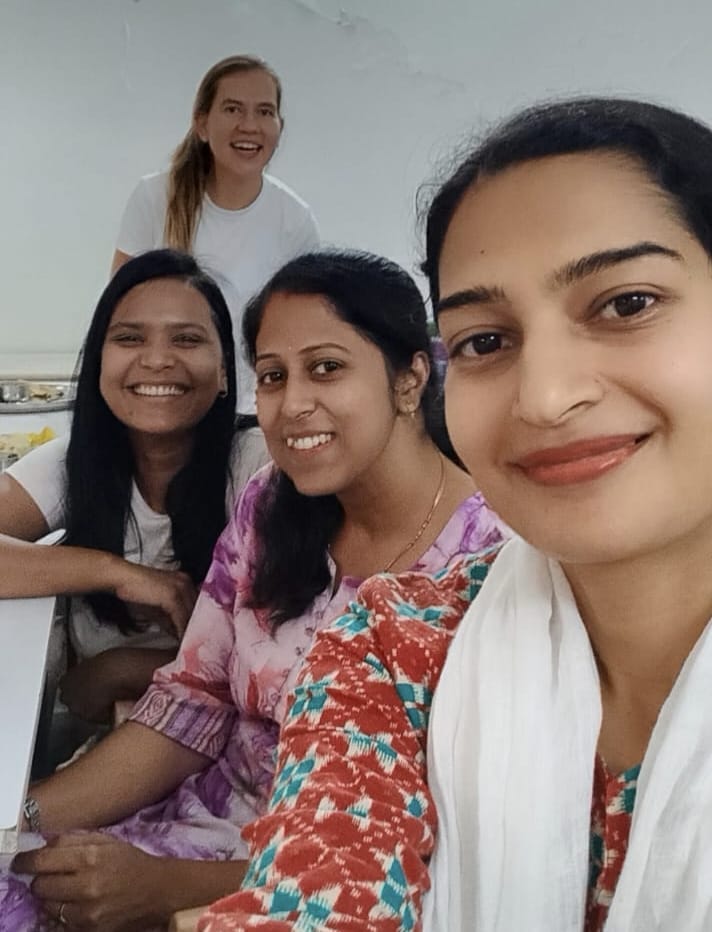
Ten days of silence, ninety-seven hours of meditation, and a strict schedule of waking up at 4 am have made a huge impact on my mental and physical state and I am so glad I started the year by learning Vipassana. It has empowered me in so many ways I still don't completely comprehend.
It took me two complete days to be able to get comfortable with talking again.
When I started practicing first, the temples of my head felt constantly stressed. It went away after four days of practice, while still managing my inner anxiety.
I grew a lot of baby hair on my forehead.
I realized that the random music I listen to or the videos I watch, thinking they help me relax, don’t actually calm my mind. Instead, they linger and take up space in my thoughts.
I haven't scrolled content on my phone since I returned and what I do watch, I watch it with focus.
It has completely changed the way I look at people and situations around me. I feel more compassionate and equanimous.
I have never come across a technique so purely technical and practical. A method that is not merely theoretical or something to memorize and recite, Vipassana offers a direct experience of who you truly are.
I’m often labeled as a spiritual person, which doesn’t bother me, but it makes me wonder — shouldn’t everyone strive to discover the truth about oneself?
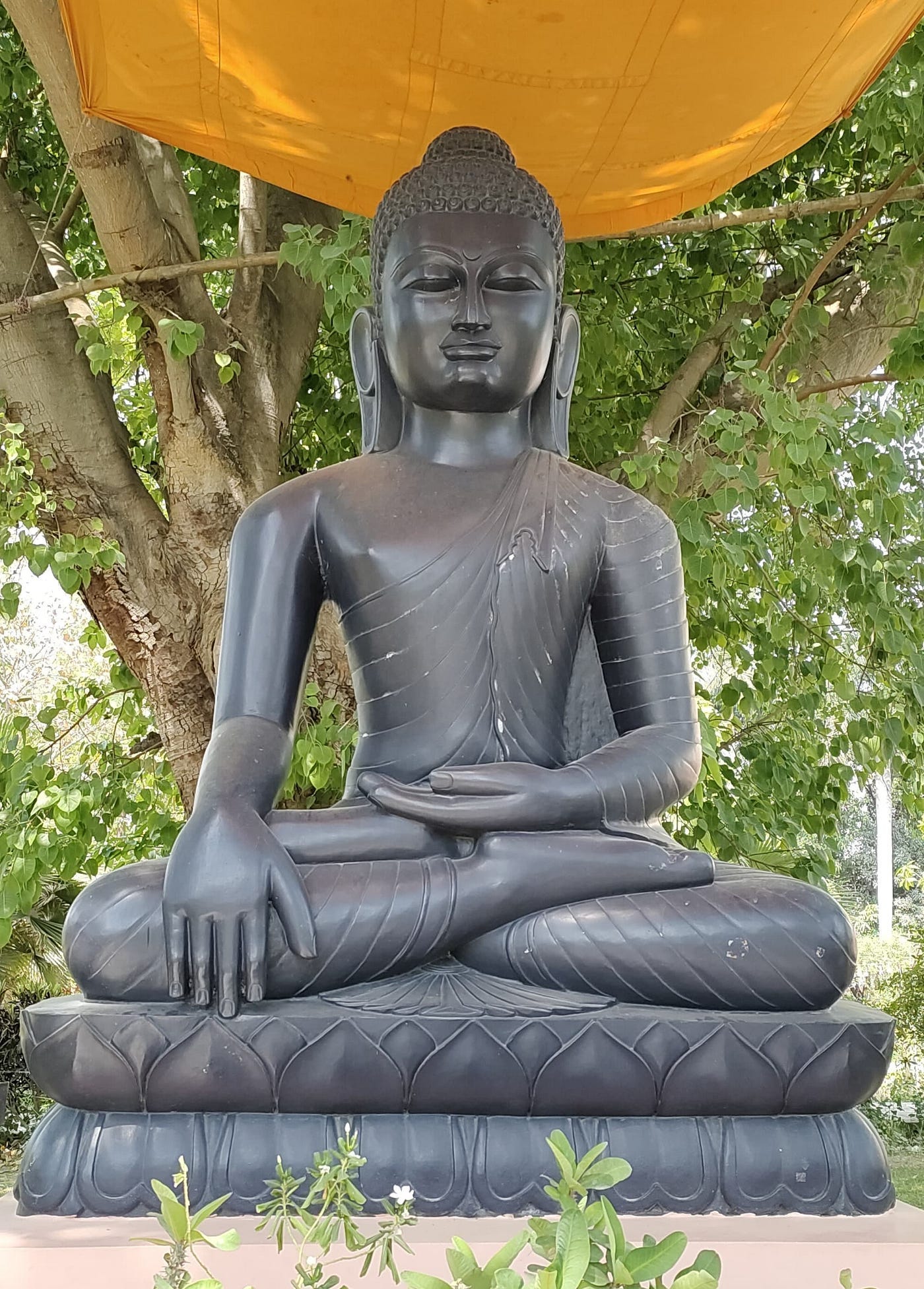
This is the true legacy of India, of the East. It is not the beautifully crafted Taj Mahal or the mouth-watering food outside Jama Masjid. It lies in the unwavering resolute of those who walked this land to discover a method that transformed the lives of millions. Vipassana means to look at things the way they are and be equanimous about everything. This ancient practice, rediscovered by the Buddha, offers a transformative path to self-awareness and liberation from suffering.
During my final meditation session in the pagoda cell, I finally saw the figure for what it truly was — not a dolphin, not a rat, but simply a chip in the tile! At that moment, I realized my Vipassana practice had been a success.



